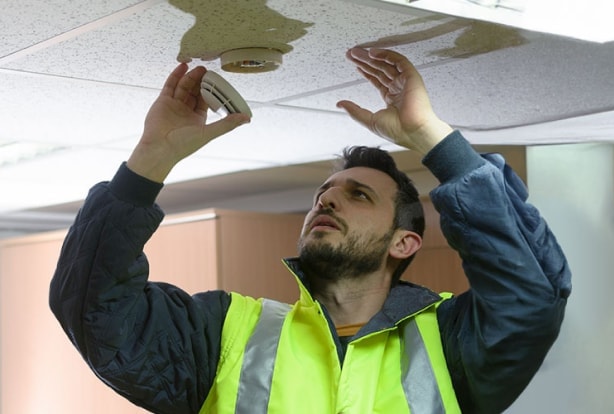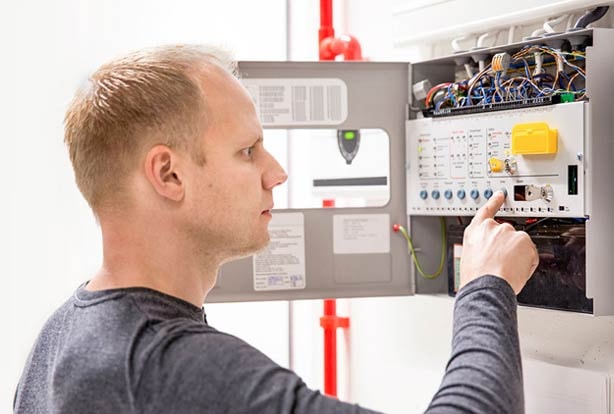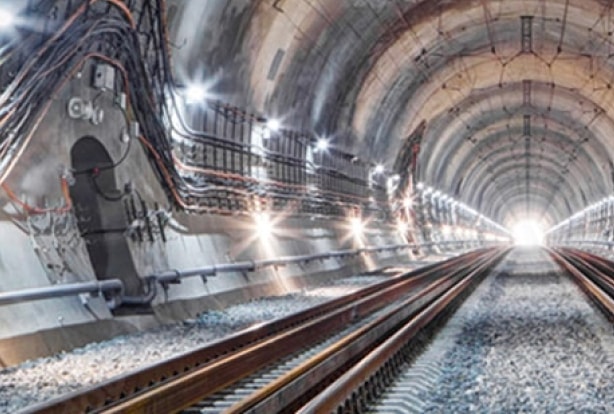Holistic Solutions: Navigating Access Control, Fire Safety and Security Challenges in Data Centres
In the digital age, data centres are the backbone of modern business operations, storing and processing vast amounts of sensitive information. As the importance of these facilities grows, so does the need for robust access control, fire safety, and security measures to ensure the confidentiality, integrity, and availability of critical data. This article explores the unique challenges data centres face and delves into the applications of advanced technologies in access control, fire safety, and security to safeguard against potential threats.
Understanding the Unique Challenges of Data Centres
Data centres house an invaluable treasure trove of information, making them prime targets for both physical and digital threats. The dual challenge lies in protecting against unauthorised physical access and environmental hazards like fires. Unauthorised access can lead to data breaches, while environmental threats pose risks to the infrastructure and the integrity of the stored data.





